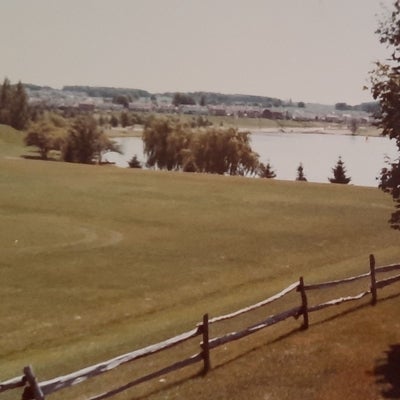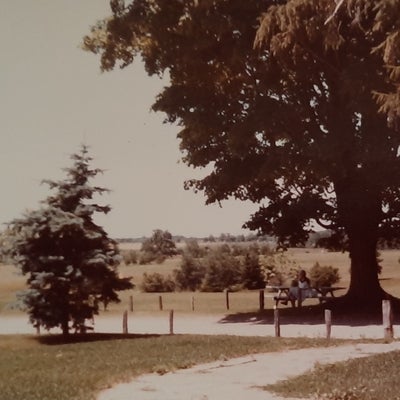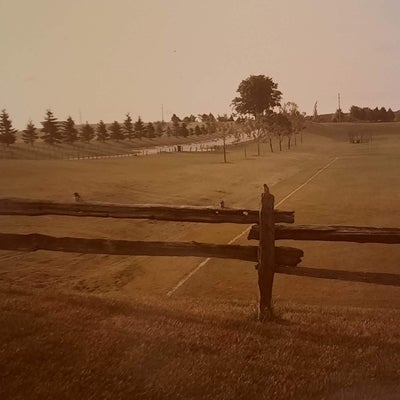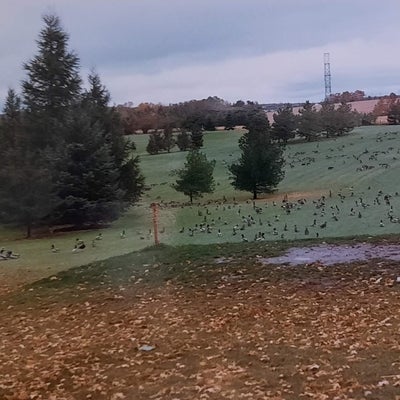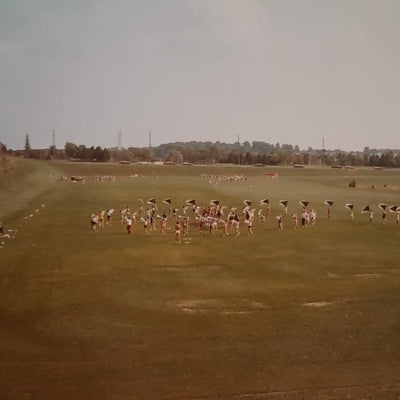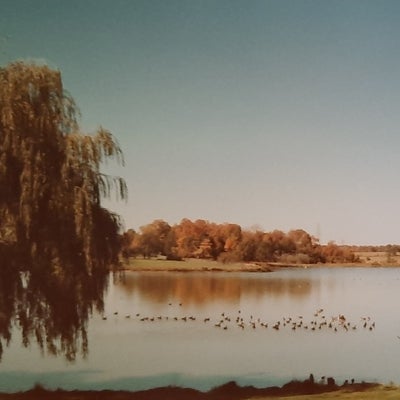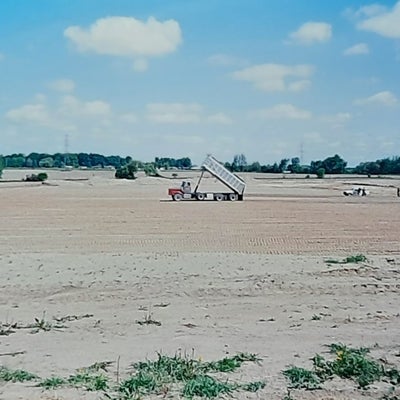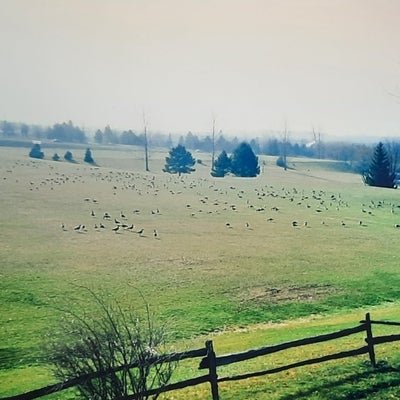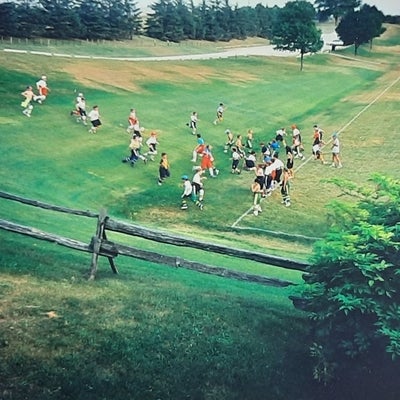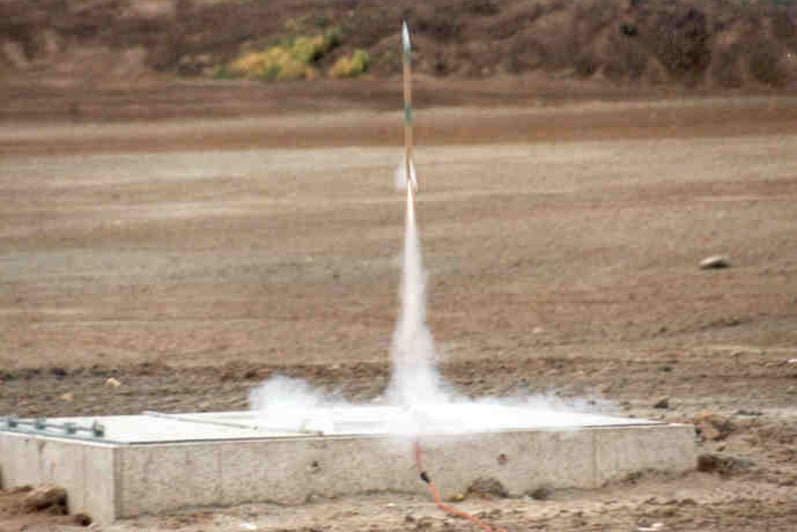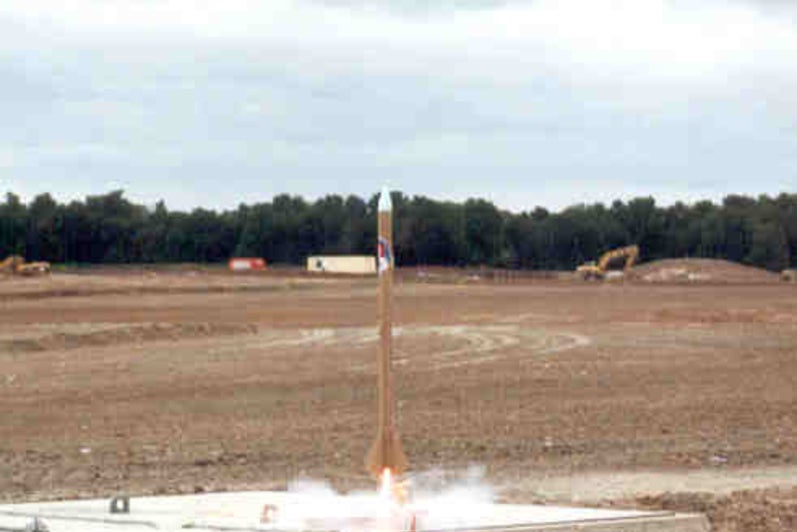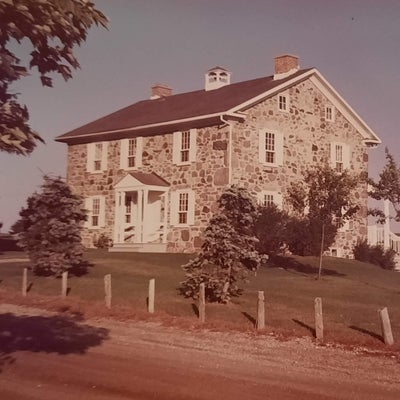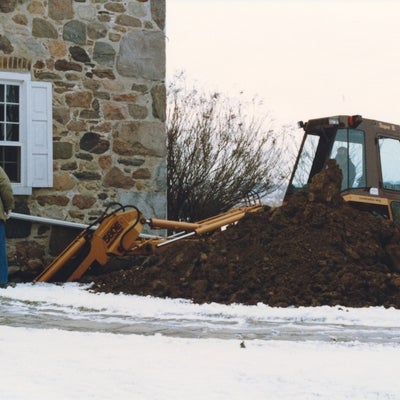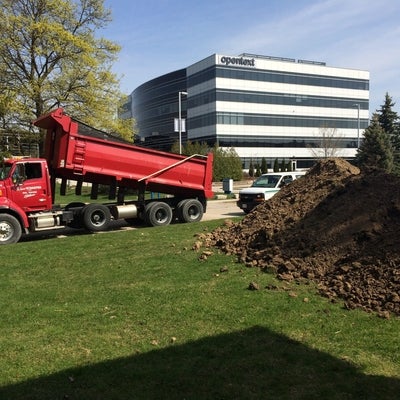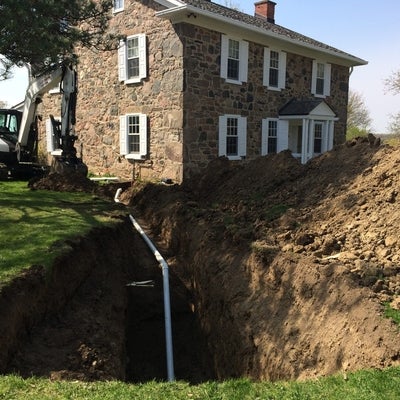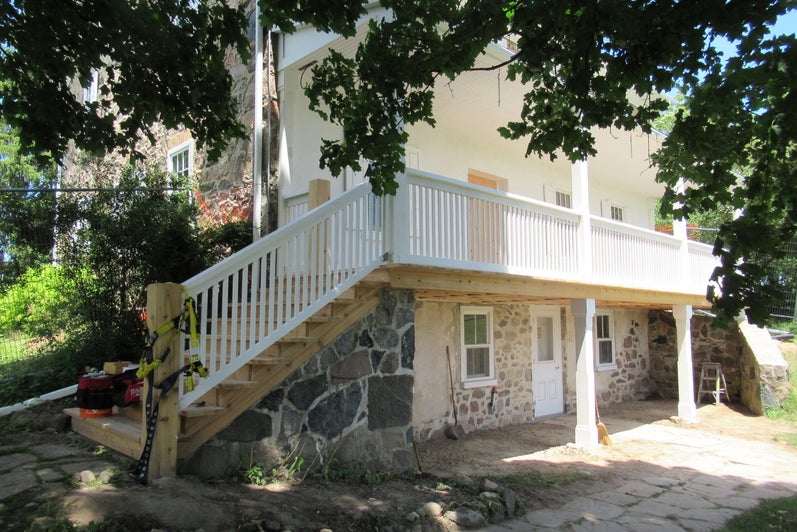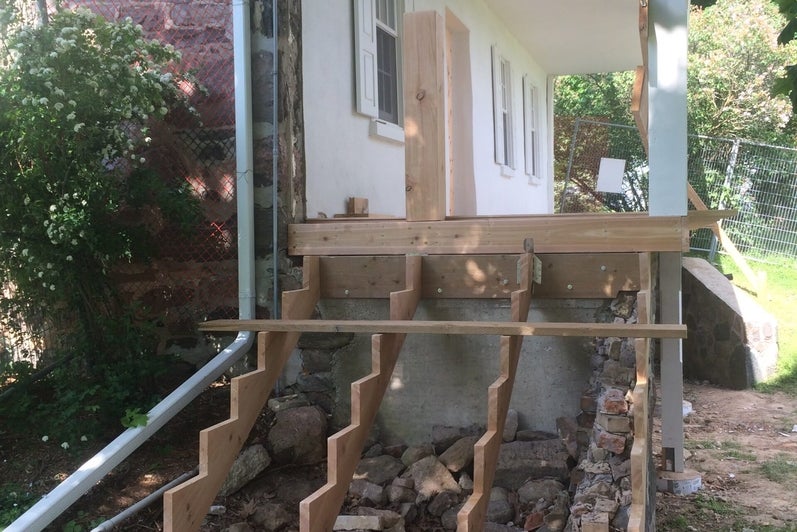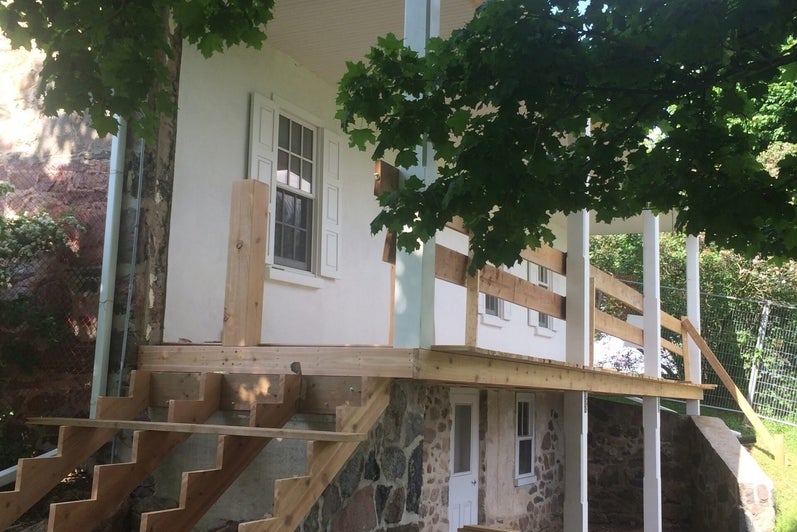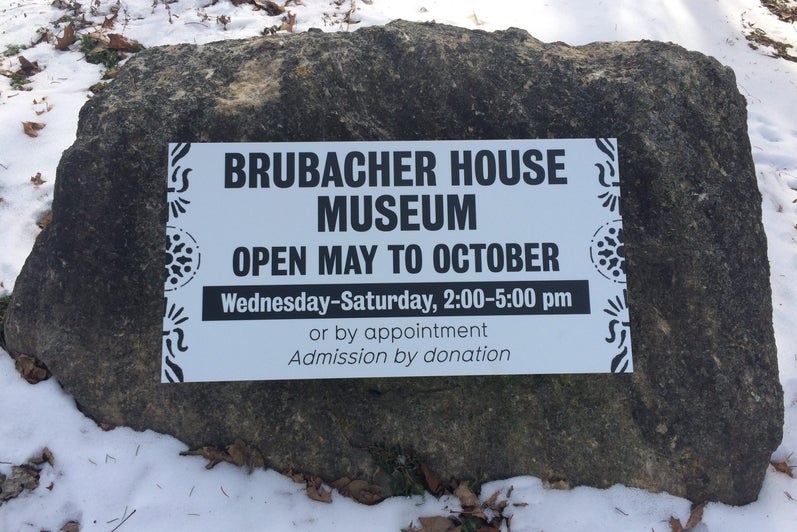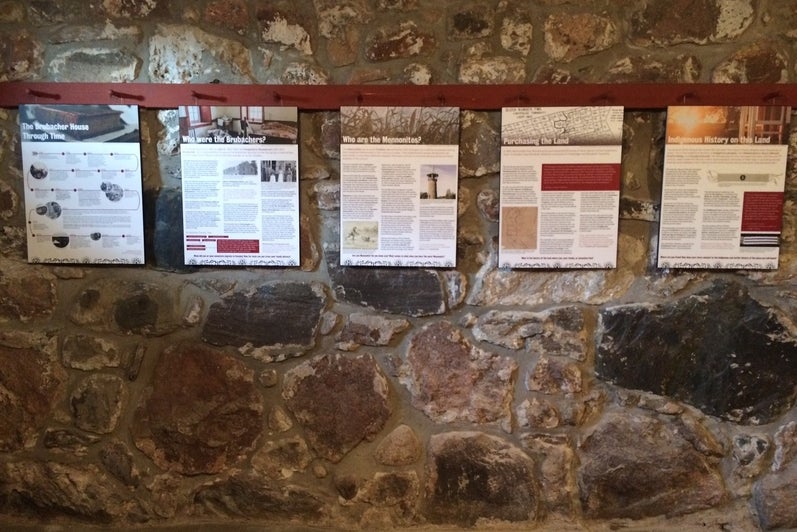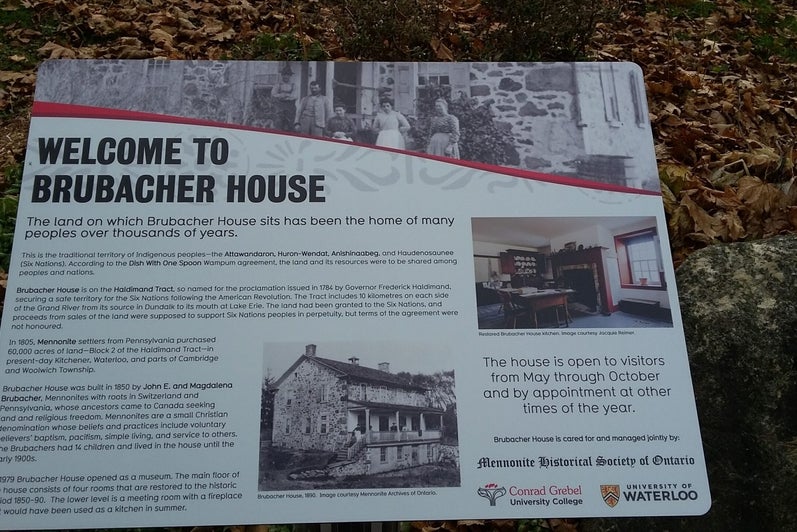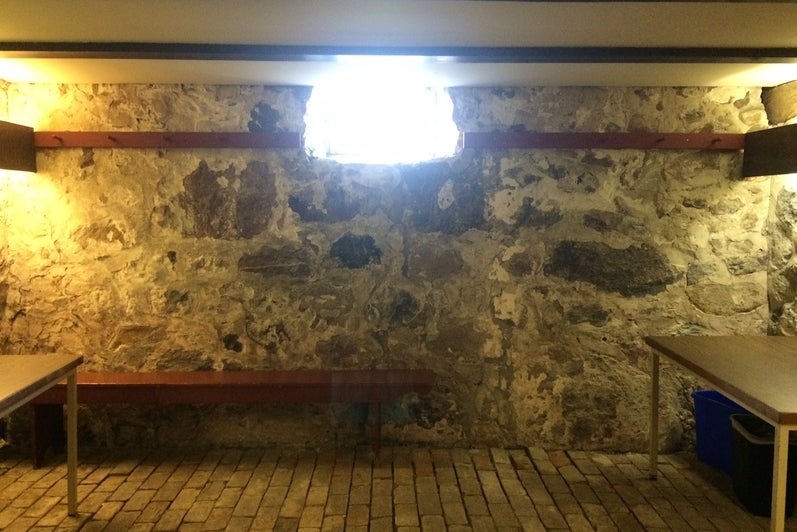Since Brubacher House’s opening as a museum in 1979, hosts have witnessed dramatic changes to the surrounding landscape of the University of Waterloo’s North Campus.








“While we were there the football team returned and the stadium went up just off to the side of the grounds. Lots of buildings were added to R and T park during our time.”
- Allison and Mark Brubacher (2009-2013)

“HUGE changes. When we moved in, the north campus was still completely undeveloped. There were big trees lining the 9-hole golf course, and the only traffic we saw was sports field participants and the odd lunch time rendezvous in the parking lot. A year or two after we moved in, development began in earnest. The golf course was razed, most of the trees were removed, the topsoil was pushed aside, and the view out our bedroom window became a barren landscape. The earth-moving was happening on such a large scale that dust covered the inside of the house that whole summer. Dishes in the kitchen would often rattle from the packers driving by (it was an interesting thing to explain to visitors). Fortunately nothing broke. While we understood this project had been in the works for many years, we were sad to lose the peaceful, idyllic backdrop to the house.”

Bethany and Brandon Leis (2006-2009)
“The David Johnston Research and Technology Park continued to expand. With the new roundabout and more buildings, there were issues with being able to find the museum and we had many discussions about increased signage.”
Updates to Brubacher House


“Once, Jacquie arrived home to find UW caretakers taking our hot water heater out for a few days. That was an exciting period - those caretakers were very surprised to learn that anyone lived in the house! The back porch was painted, and the front porch steps were fixed up while we lived at BHouse. The front porch also had some underground chicken wire installed to keep out groundhogs - but that is a whole other story!”
- Jacquie and Karl Reimer (2013-2017)

“The changes we implemented: expanded the vegetable garden, began perennial flower gardens around the perimeter of the House, added two external signs, both on large rocks (Brubacher House, and Hour sign). Most people, we felt, did not realize the house was open for people to visit.
“In 1999 we developed several panels that we hung in the basement that gave a brief historic overview of the Brubachers and the wider community they represented. Years later, we’d now likely write that history differently, but we offered it because we found so many visitors did not want a verbal (or certainly not a formal) tour, but would be helped with a self-guided, read what you want, set of panels. It was also our attempt to gather materials we had researched over our time and offer that to hosts who followed.”
- Arlyn and Judith Friesen Epp (1994-2000)

“In October 2006, shortly after we moved in, the old wooden windows were replaced with vinyl. The roof was redone with cedar shakes and the eavestrough and back porch were replaced.”
